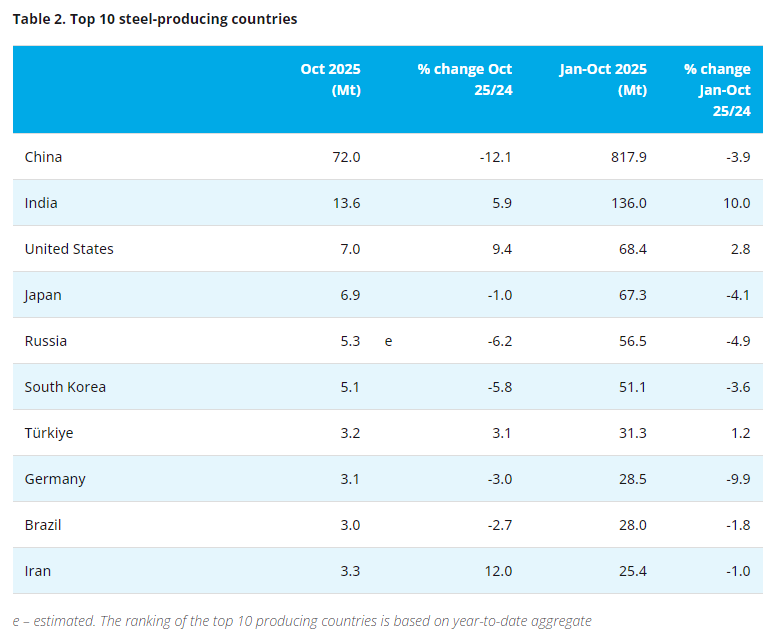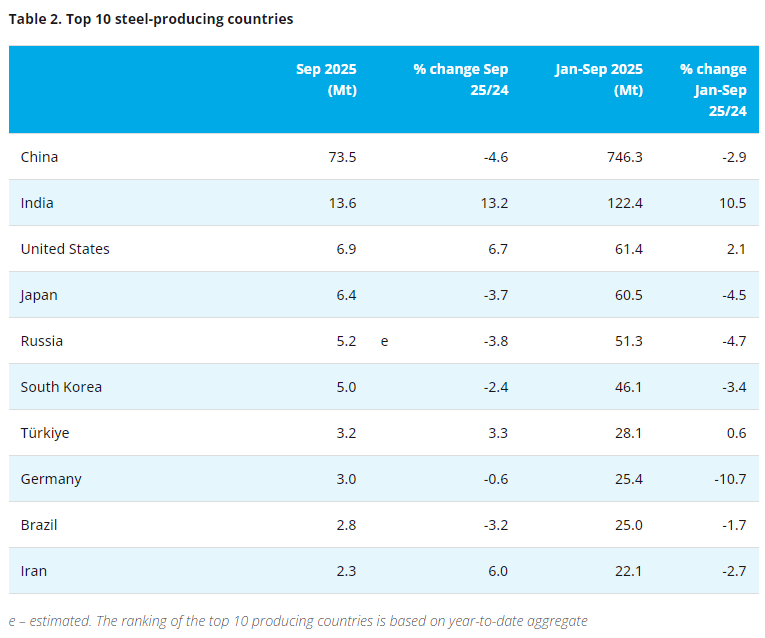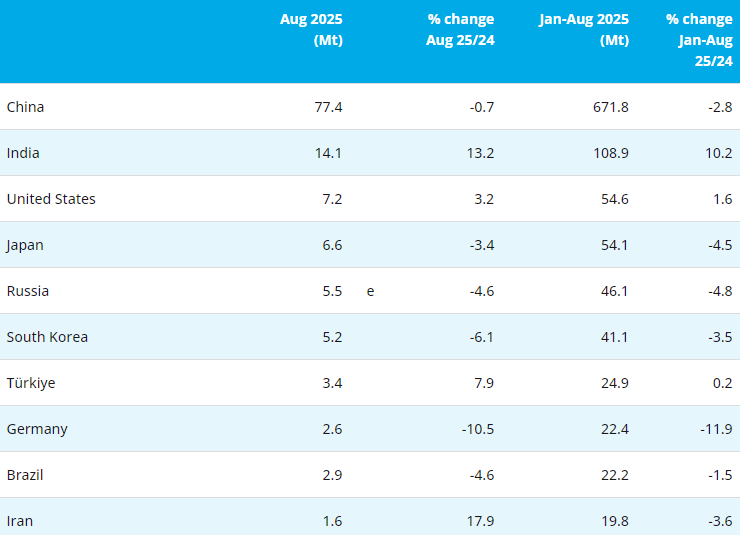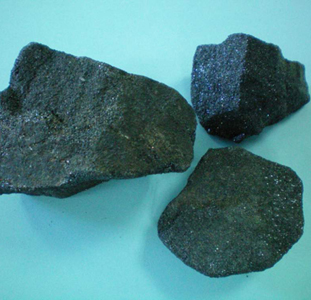Ferrochrome is a ferroalloy composed of chromium and iron and it is classified according to its carbon content mainly.If ferrochorme has less than 0.5 % C it is named as low carbon ferrochrome and if it has 5-
High carbon ferrochrome is produced in a submerged electric arc furnace using chromite ore, metallurgical coke and fluxes. 4-
Low carbon ferrochrome is exactly the same alloy but it contains very less amount of carbon. To lower carbon content a completely different process is used to produce it. Instead of carbothermic reduction, oxides are reduced with silicothermic reduction. The most popular process is the Perrin process to produce low carbon ferrochrome. In a seperate submerged electric arc furnace a silicon rich alloy is produced and then this liquid silicon alloy which is named as silicoferrochrome is reacted in the reaction laddles with molten chromite which is already melted in a seperate electric arc furnace. It is an energy depended process and in total 10-
There is a newly developed low carbon ferrochrome production process in which, molten or solid silicoferrochrome produced is reacted inside a DC furnace to react with the molten chromite that is also melted inside the same furnace. By this new process a significant amount of energy is saved. Also this process requires less lime consumption. The main advantage of this process is the further decreased carbon contents. The generated slag contains less than 1% chrome exide and it is granulated to be used as filling and construction material.
- [Editor:Yueleilei]



 Save
Save Print
Print Daily News
Daily News Research
Research Magazine
Magazine Company Database
Company Database Customized Database
Customized Database Conferences
Conferences Advertisement
Advertisement Trade
Trade















Tell Us What You Think